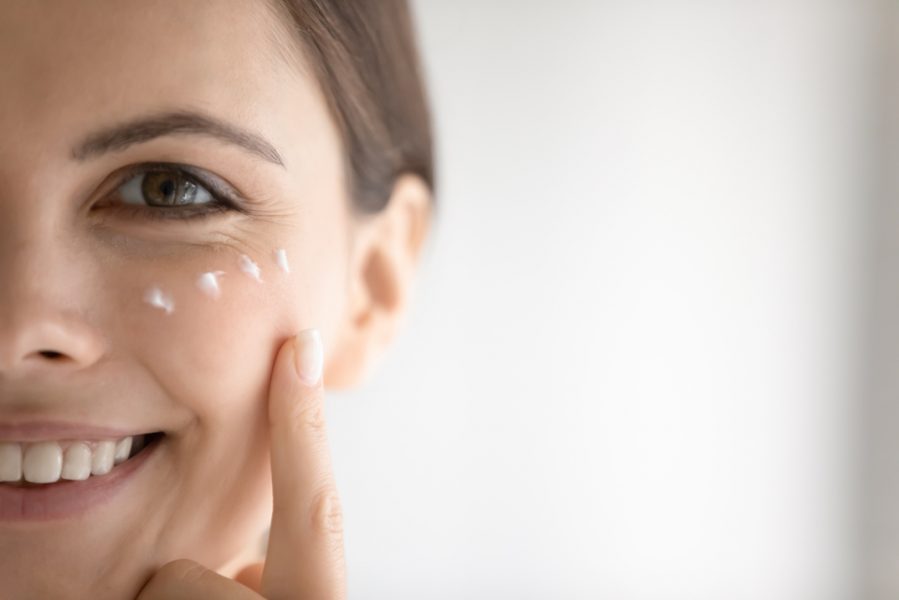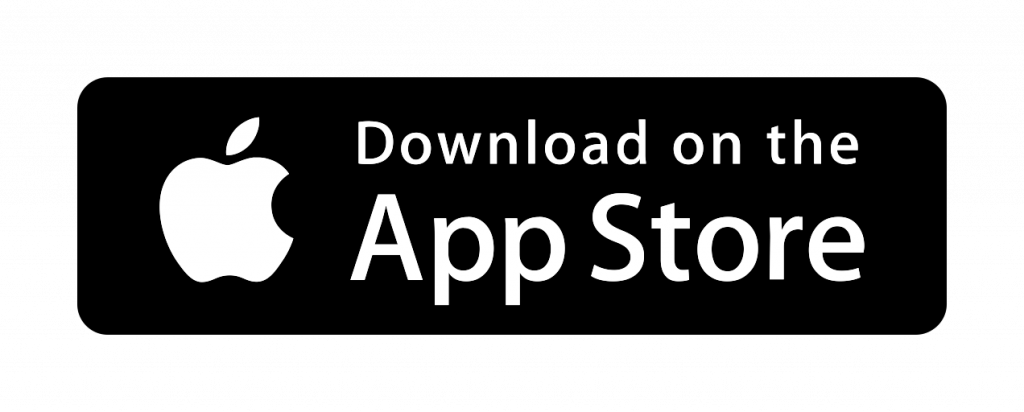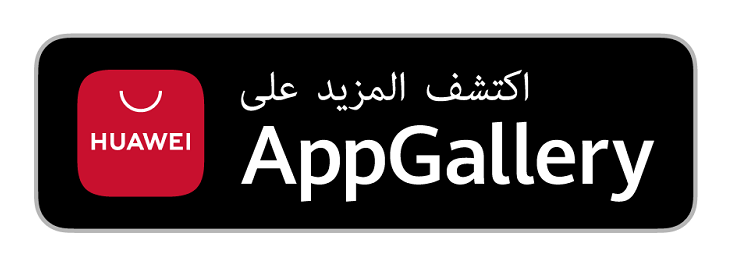Acne, commonly known as facial acne, is a widespread skin problem that occurs when skin pores become clogged, forming pimples and bumps. This can happen due to several causes, such as the accumulation of dead skin cells, bacterial infections, and increased sebum production.
Different types of acne can appear on the face. So, let’s explore the facial acne types and how to deal with them in the following:
Facial acne types
Facial acne is typically classified into two main types: inflammatory and non-inflammatory. Below, we will explain these facial acne types in detail:
1- Types of non-inflammatory acne
Non-inflammatory acne is milder and doesn’t cause swelling or discomfort. The main types include:
Blackheads
Blackheads appear as slightly raised bumps on the skin’s surface, and although the skin surrounding the blackheads seems normal, the center of these bumps is usually dark or black.
It’s worth noting that blackheads occur due to the clogging of pores caused by the accumulation of dead skin cells and sebum. Sebum is an oily substance secreted by the sebaceous glands in the skin to moisturize it.
Blackheads do not block the upper part of the pores, as this part remains open, giving blackheads their characteristic appearance.
Whiteheads
Whiteheads appear as small raised bumps with the same color as the skin, and their center is white, surrounded by a slight red halo or ring. Although the skin around whiteheads may appear slightly rough or tight, especially if the size of the bumps is large, they are one type of acne that does not leave any scars or marks.
Whiteheads also occur due to clogging pores caused by dead skin cells and sebum. However, unlike blackheads, whiteheads lead to the blockage of the upper part of the pores. Nevertheless, these whiteheads can become blackheads if they become open and exposed to the air.
2- Types of inflammatory acne
This term describes the most severe types of facial acne, with red and swollen pimples, often leaving scars and marks. Of course, these pimples can be classified into several types, including the following inflammatory facial acne:
Papules
Papules are small, solid bumps with a diameter usually less than 1 centimeter. They are often red or pink and occur when clogged pores are inflamed. They differ from the previous types of pimples, as the skin surrounding papules is typically inflamed and pinkish, and they lack a clear center, unlike whiteheads.
It’s important to note that papules are sensitive to touch, so avoiding squeezing or tampering with them is necessary, as doing so can worsen inflammation and may lead to the formation of scars and marks.
Pustules
Although pustules are also considered inflammatory acne, their appearance resembles whiteheads. They have a white center surrounded by a red ring, but pustules are filled with white or yellow pus and are larger than whiteheads.
It’s worth mentioning that picking pustules or attempting to squeeze them is wrong, as it may lead to the formation of scars or dark spots in their place.
Nodules
Nodules are considered a severe facial acne type that requires consultation with a doctor, especially because they appear as solid and inflamed lumps. They form in deeper layers of the skin compared to other types and occur when clogged pores become infected and swell beneath the skin’s surface.
However, nodules are similar to papules in that they lack a visible or distinct head and may leave dark spots and scars in their place.
Cysts
Cysts are inflamed, large, white, or red lumps that are usually quite big. They differ from nodules in that they feel soft to the touch and form in deeper layers of the skin than nodules. Cysts are also filled with pus, making them one of the most severe types of acne.
Treatment for facial acne
As mentioned earlier, some types of facial acne can be severe and may leave marks, so it is advisable to consult a specialized doctor, as the treatment will vary depending on the type and severity of the acne. Here are some treatment options for facial acne:
1- Topical Treatments
The doctor may suggest using the following medications:
- Benzoyl Peroxide: This medication is available as a gel or facial wash and targets the bacteria on the skin’s surface, which can worsen acne.
- Salicylic Acid: Available as a wash or lotion, salicylic acid helps remove accumulated dead skin cells and exfoliates the skin, preventing pore clogging.
- Retinoids: Also known as vitamin A derivatives, these medications can help get rid of blackheads and whiteheads by preventing pore clogging, but they may take several months to show results.
- Antibiotics: These medications target the bacteria that cause and worsen acne, making them more effective when used alongside benzoyl peroxide.
2- Oral Treatments
If topical treatments are not successful in treating certain types of facial acne, the doctor may resort to oral treatments. Here are some of the oral treatment options:
- Oral Antibiotics: The doctor may prescribe these medications to treat moderate to severe facial acne types.
- Isotretinoin: This medication is an oral retinoid used to treat severe forms of acne by reducing the size of the sebaceous glands in the skin.
- Birth Control Pills: These medications help treat facial acne by regulating hormone levels that stimulate excess sebum production and reduce overactive sebaceous glands’ activity.
3- Other Treatments
The doctor may resort to other treatment methods if the previous methods are ineffective or the acne leaves scars and marks. Examples of such methods include:
- Chemical Peels: The doctor uses specific chemicals to remove the old layer of skin, allowing a new layer to grow, significantly reducing the appearance of scars.
- Laser Treatment: The doctor uses laser treatment to stimulate the growth of a new layer of skin, targeting acne scars.
Download Alma Health application now!






